By 2030, the power source structure will lean heavily towards renewable energy sources at a rate of 27%, of which onshore wind power accounts for 14.5% of the total capacity of power plants, offshore wind power is 4%, and solar power is 8.5%.
Renewable energy installed capacity up to 1,000 billion kW
According to Statista's forecast, Vietnam's electricity output in 2024 will reach 282.40 billion kWh, with a compound annual growth rate (CAGR) of 2.99% (2024 - 2029), of which renewable energy output will have a CAGR of 3.39%.
Along with the world trend, Vietnam is experiencing a major shift in its electricity output structure. The output from renewable electricity has been increasing rapidly. According to the Power Plan VIII approved by the Prime Minister in Decision 500/QD-TTg dated May 15, 2023, by 2030, the electricity source structure will be strongly tilted towards renewable energy sources at a rate of 27%, of which onshore wind power accounts for 14.5% of the total capacity of power plants, offshore wind power is 4%, and solar power is 8.5%.
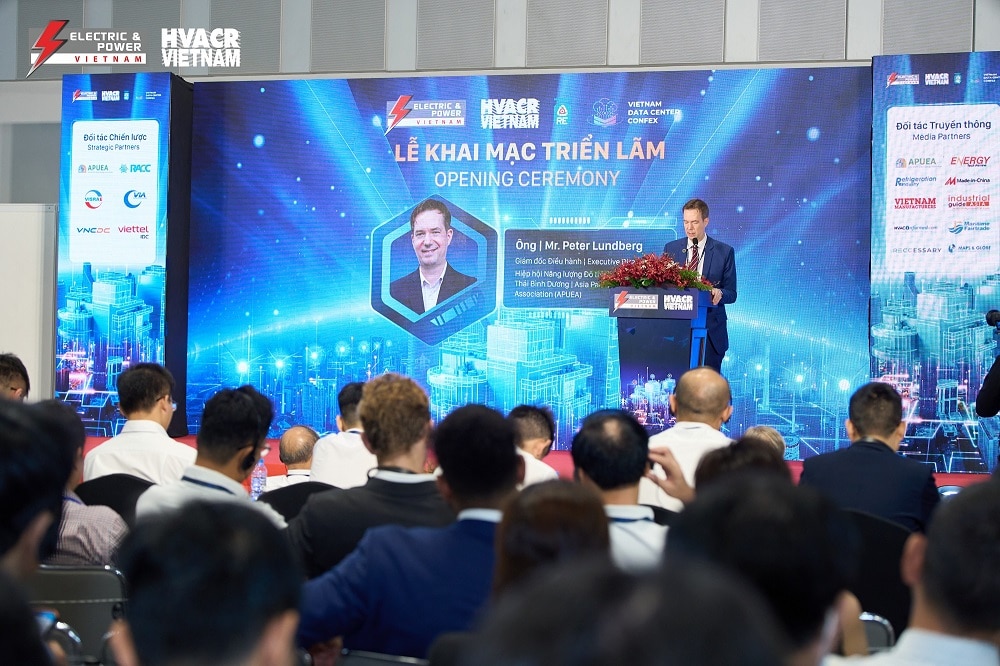 |
| Mr. Peter Lundberg, Director of the Asia-Pacific Urban Energy Association at the opening ceremony of Electric & Power Vietnam 2024 on the morning of September 4. |
Speaking at the opening ceremony of the Electric & Power Vietnam 2024 Exhibition on Technology, Equipment and Solutions for Dispatching and Power Transmission in Vietnam, Mr. Peter Lundberg, Director of the Asia-Pacific Urban Energy Association (APUEA), said that Vietnam is facing the challenge of reducing carbon emissions, because currently, most of Vietnam's energy comes from coal - a resource that contributes significantly to carbon emissions.
Citing forecasts from the International Renewable Energy Agency (IEA), Mr. Peter Lundberg added that Vietnam is estimated to have renewable energy potential of 1.2 terawatts, equivalent to 1,000 billion kW.
“To address these challenges, Vietnam has set ambitious climate targets, committing to achieving net zero greenhouse gas emissions by 2050. This is a huge but necessary responsibility, as Vietnam has huge renewable energy potential,” said Mr. Peter Lundberg.
Most recently, the Government issued Decree No. 80/2024/ND-CP regulating the direct power purchase mechanism (DPPA) between renewable energy generators and large electricity users. This mechanism brings many expectations to renewable energy businesses. DPPA promises to create opportunities for investment in developing green power sources, helping businesses soon obtain renewable energy certificates, reduce carbon emissions to increase the competitiveness of goods when exporting to international markets.
Sustainable Energy Trends
Ms. Nguyen Van Nga, Chief Representative of the Ministry of Industry and Trade Office in the South, said that Electric & Power Vietnam 2024 with more than 350 exhibitors and brands from more than 100 countries with advanced technology and breakthrough solutions from many places around the world gathered on this occasion is the key to helping the Vietnamese electricity industry get closer to the goal of learning and cooperating for sustainable development.
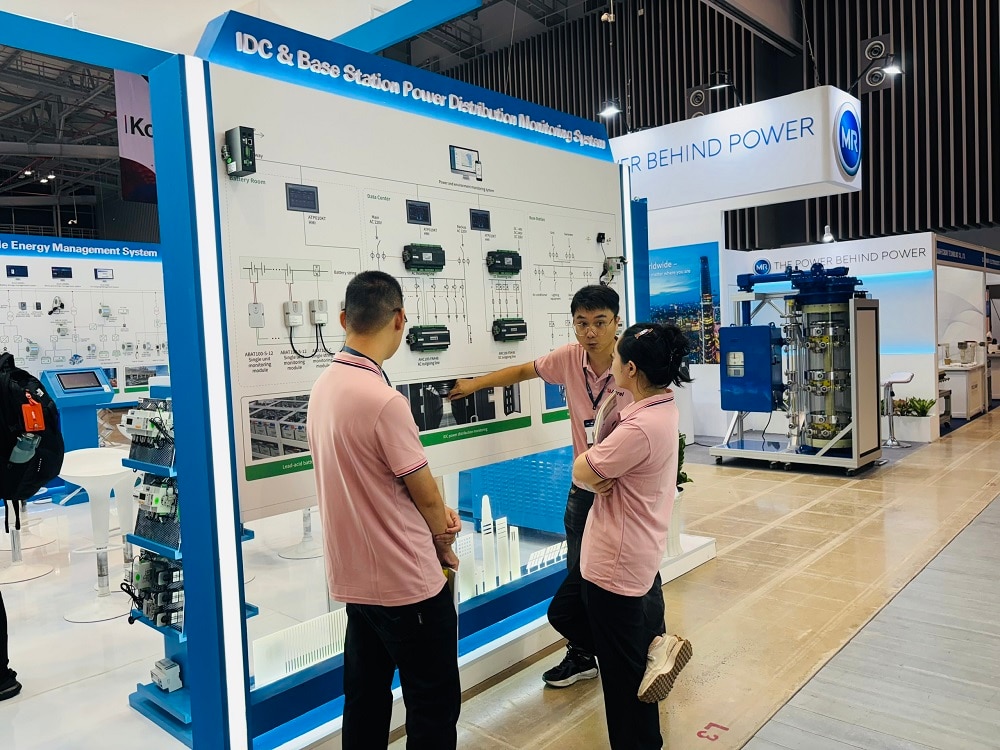 |
| Electric & Power Vietnam 2024 in conjunction with the 16th International Exhibition on HVAC Technology, Refrigeration Systems and Smart Buildings in Vietnam ( HVACR Vietnam 2024) will take place from September 4-6 , 2024 in Ho Chi Minh City. Photo: Gia Han |
“This is an important time to work together to find smart solutions that both meet current needs and protect the environment for future generations. The Ministry of Industry and Trade always highly appreciates and strongly supports activities that promote the development of the energy, electricity and HVAC industries,” a representative of the Ministry of Industry and Trade affirmed.
According to Dr. Nguyen Xuan Tien, General Secretary of the Vietnam Association of Refrigeration and Air Conditioning, the refrigeration industry alone consumes a huge amount of electricity, currently consuming 16-20% of the total electricity consumption in the world and by 2030 it could reach 30%. In offices and hotels, the amount of electricity consumed for air conditioning also accounts for 40-60%. In air conditioners and air conditioners, it is mandatory to use refrigerants, for example R22, R32, R410A, NH3...
“Refrigerants are a major concern in the world because they destroy the ozone layer, causing the greenhouse effect and global warming. It is no coincidence that in our country, the environmental protection law has separate regulations on protecting the ozone layer as well as reducing greenhouse gas emissions. The above issues have posed a huge task for scientists around the world as well as air conditioner and refrigeration manufacturers: to meet the needs of society, save energy and prevent greenhouse gas emissions, and protect against global warming,” Dr. Tien pointed out.
Mr. Peter Lundberg advised that the future of the electricity industry in particular and Vietnam in general, the energy transition is not only about renewable energy, but also about using energy more intelligently.
The IEA also points out that energy efficiency is as important to this transition as the development of renewable energy. By adopting energy-saving technologies and practices, we can reduce overall energy demand, reduce costs and reduce our dependence on fossil fuels.
“Imagine the possibilities if we could tap even a fraction of our current capacity potential. For example, tapping just 10% of solar photovoltaic power could power the entire national electricity generation capacity of 80 gigawatts. These are not just numbers, they represent the future of energy in Vietnam, a future where clean, renewable energy sources power homes, industries and cities,” said the APUEA representative.
Source: https://baodautu.vn/co-cau-nguon-dien-nghieng-manh-sang-nang-luong-tai-tao-d224015.html




![[Photo] Prime Minister Pham Minh Chinh meets with the Policy Advisory Council on Private Economic Development](https://vphoto.vietnam.vn/thumb/1200x675/vietnam/resource/IMAGE/2025/5/8/387da60b85cc489ab2aed8442fc3b14a)
![[Photo] General Secretary To Lam begins official visit to Russia and attends the 80th Anniversary of Victory over Fascism](https://vphoto.vietnam.vn/thumb/1200x675/vietnam/resource/IMAGE/2025/5/8/5d2566d7f67d4a1e9b88bc677831ec9d)
![[Photo] National Assembly Chairman Tran Thanh Man chairs the meeting of the Subcommittee on Documents of the First National Assembly Party Congress](https://vphoto.vietnam.vn/thumb/1200x675/vietnam/resource/IMAGE/2025/5/8/72b19a73d94a4affab411fd8c87f4f8d)
![[Photo] President Luong Cuong presents the decision to appoint Deputy Head of the Office of the President](https://vphoto.vietnam.vn/thumb/1200x675/vietnam/resource/IMAGE/2025/5/8/501f8ee192f3476ab9f7579c57b423ad)
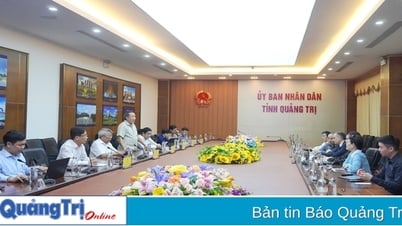

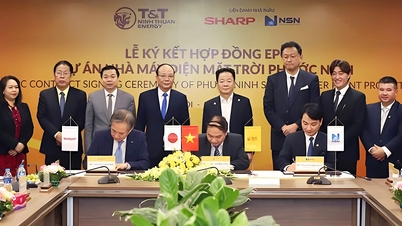



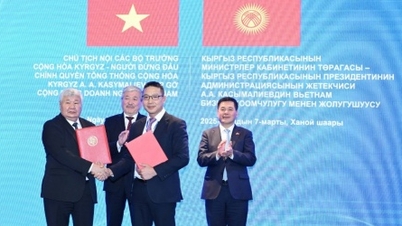



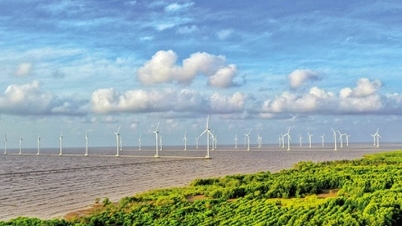


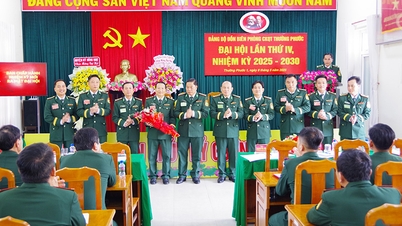


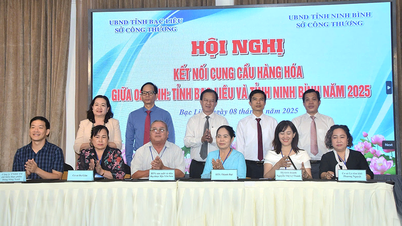




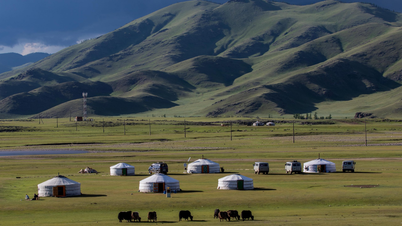

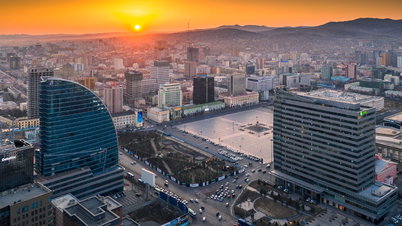































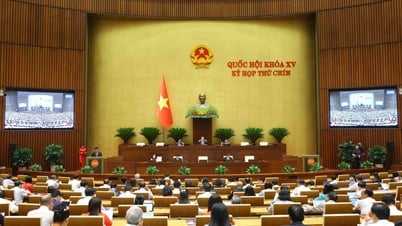















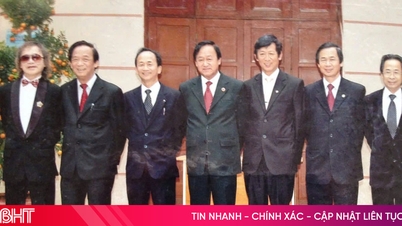








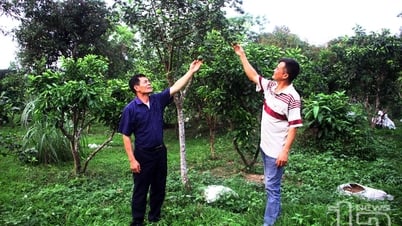













Comment (0)